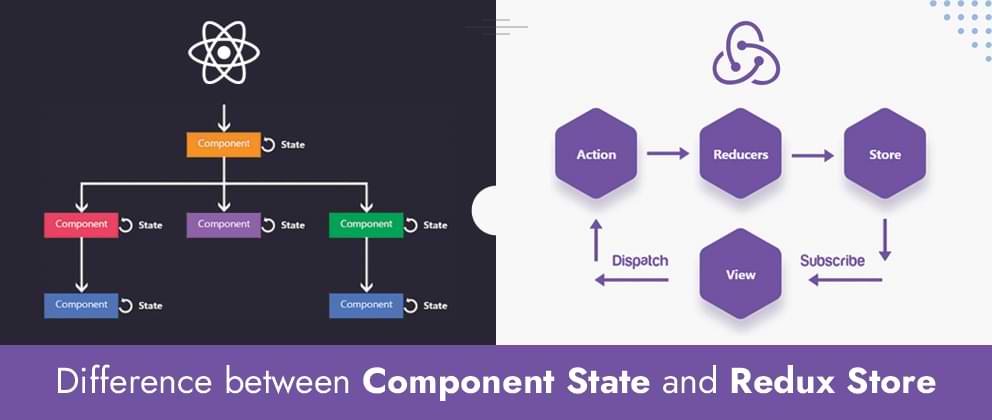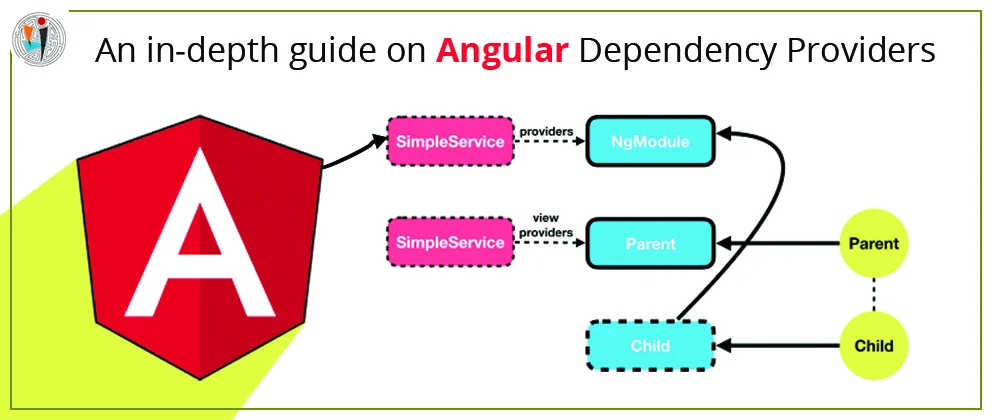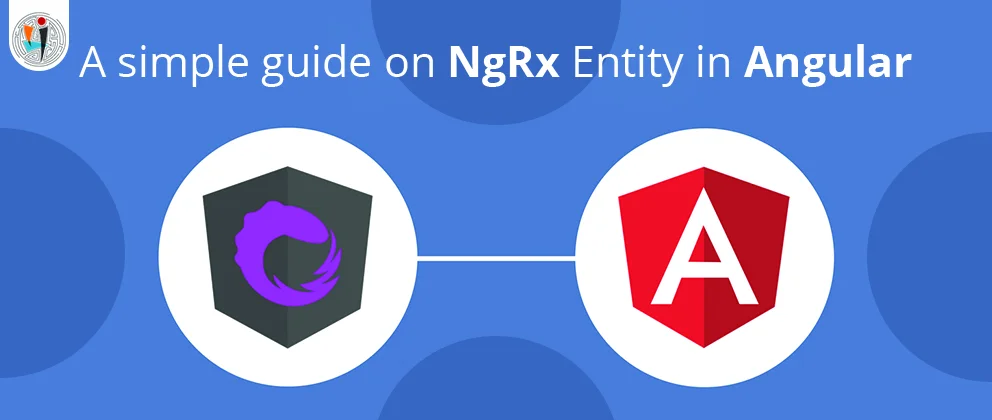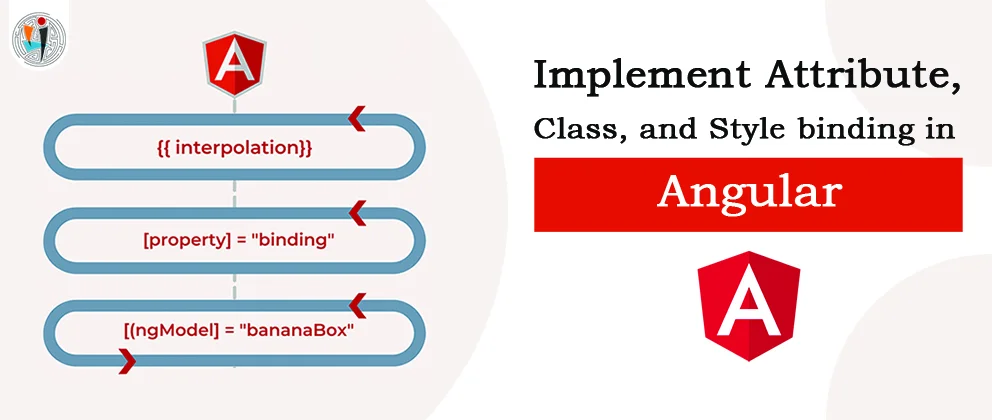When we use Angular 4, we are implementing a component that also manages its state (data). For example, if a component needs to view data from a service, the appropriate service methods are called, and the returned data is saved in the component class's properties. You can then access and insert those properties in the component template, leading to the property values being shown in the HTML output.
For smaller apps, managing our apps in this manner is great, but as our apps expand, making multiple components handle various parts of the state becomes inefficient. Passing all of our values down our component tree, for example, has the following drawbacks:
Passing intermediate properties – We must pass values down through inputs to get the state to any component. This means that several intermediate components are passing state that they aren't concerned with or using.
Inflexible refactoring – Bypassing inputs down the component tree, we introduce a coupling between parent and child components that isn't always needed. This makes it more difficult to move a child part up the hierarchy because all of the new parents must be changed to pass the state.
The state tree and the DOM tree are not the same – Our state's "shape" often differs from the "shape" of our view/component hierarchy. We run into difficulties when we need to reference data in a far branch of the component tree because we pass all data through the component tree through props.
State across our app – Managing state through components makes it difficult to get a snapshot of our app's overall state. It can be hard to determine which component “owns” a specific piece of data and which components are concerned about changes as a result of this.
Most of these shortcomings will lead to a complicated application design and inconsistencies in state information across our components.
Getting data out of our modules and into services is extremely beneficial. We have a better idea of where to put things if services are the "owners" of our data. However, this raises a new question: what are the best practices for data that is "owned" by a service? Is there something we can learn from the patterns? There are, in truth, several.
We need to develop a new way of managing state in our application to solve this issue. This is where Redux takes hold. Redux is a predictable state container for JavaScript apps that allows you to use centralized state management in your application. So, what do state and centralized state management imply? In simple terms, the state is the only data that you use in your application.

























